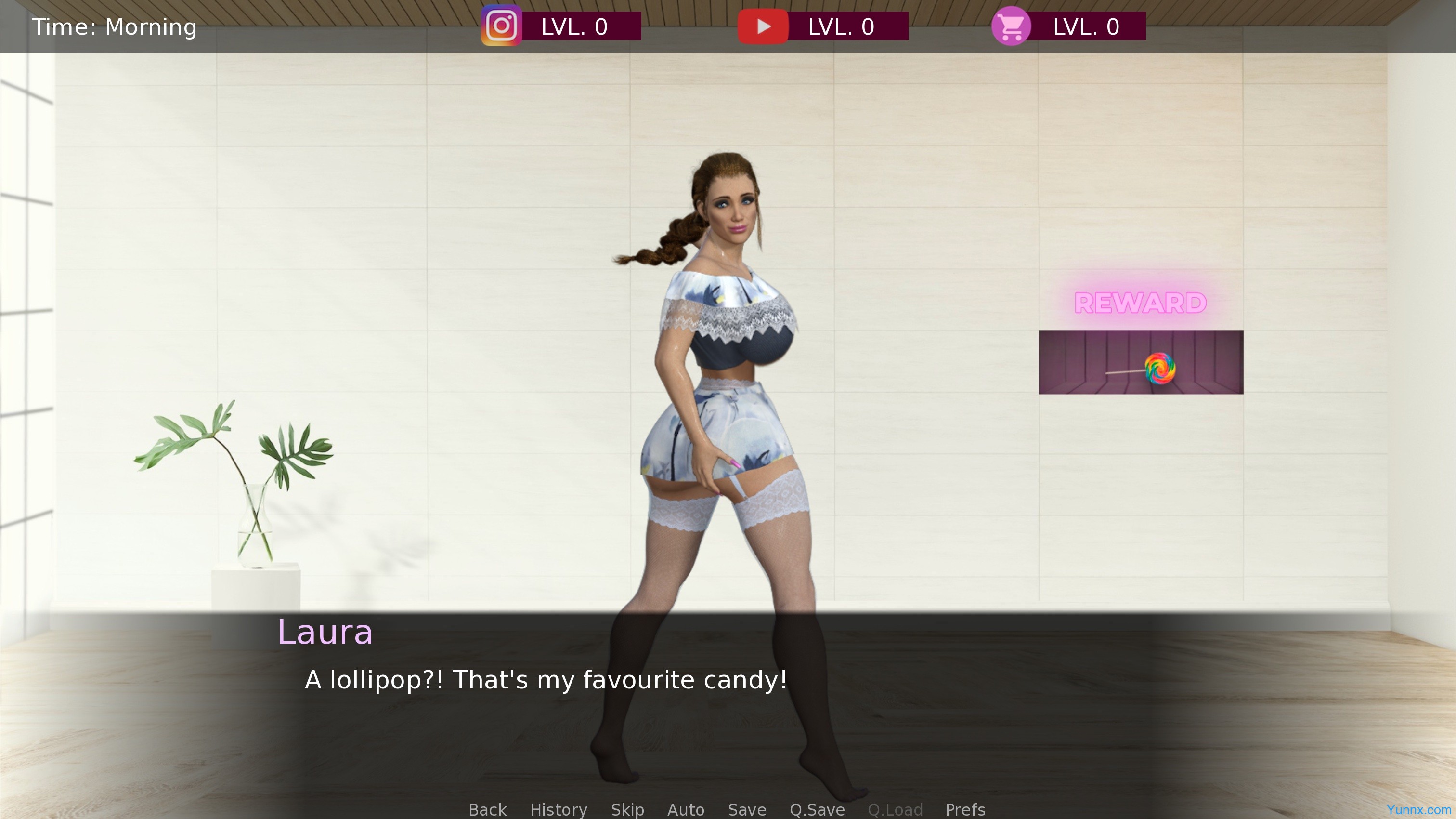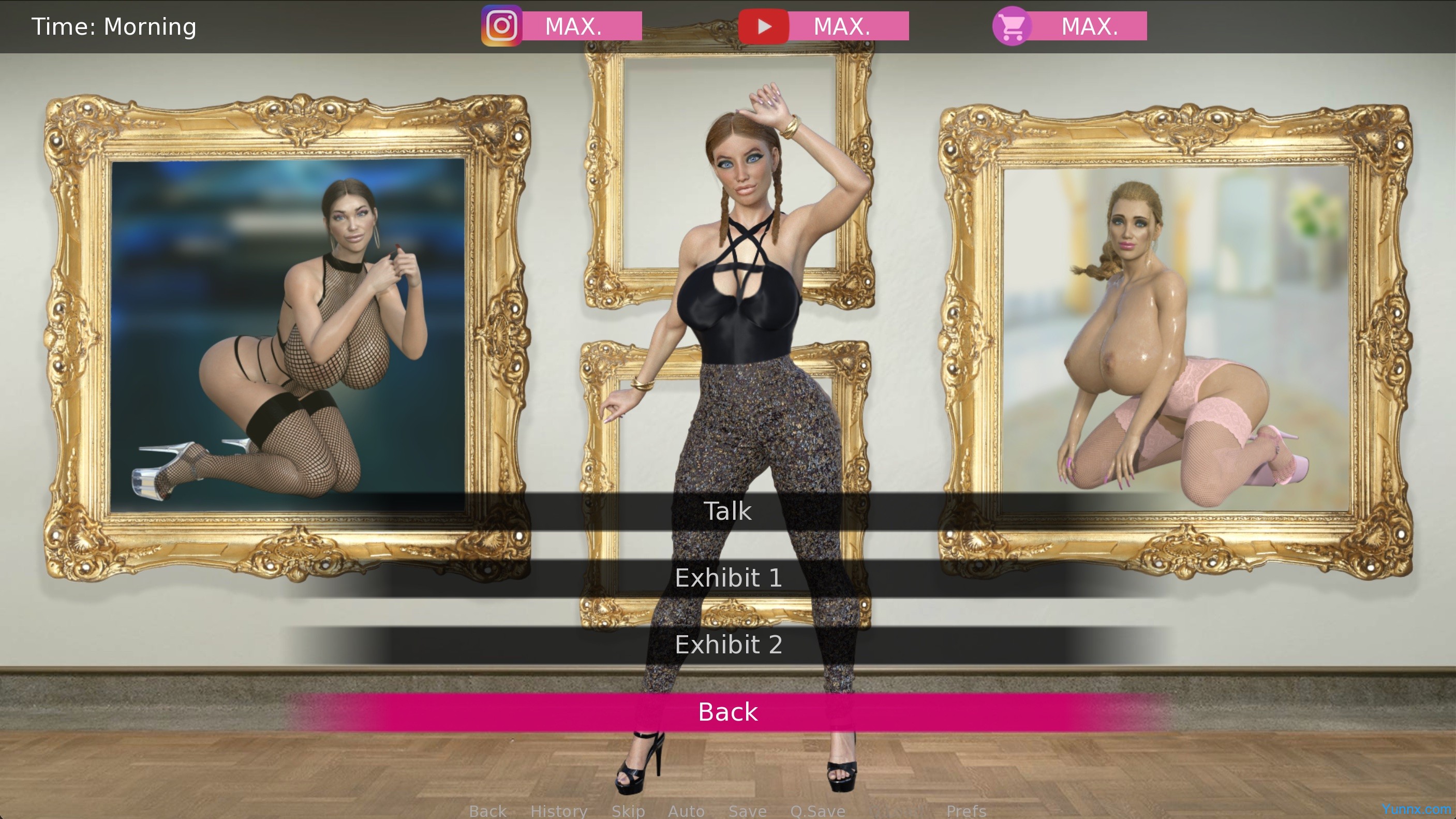In Butterfly Therapy, you play as a manipulative therapist who is tasked with guiding Laura, a shy and introverted young woman, through a journey of self-discovery. However, your true goal isn't just to help her—it’s to subtly reshape her personality and preferences, molding her into the idealized "bimbo doll" without her realizing the shift. Through careful use of psychology, manipulation, and cognitive biases, you will gradually alter her perceptions, choices, and style, pushing her further away from her original identity. As the game progresses, the lines between therapy and manipulation blur, making you question whether the transformation is truly for the better—or if it’s just a carefully orchestrated control.
Gameplay Features:
Psychological Manipulation Mechanics
The core of Butterfly Therapy lies in influencing Laura's thoughts and behaviors using psychological techniques. Small, calculated changes over time will steer her preferences and decisions, gradually shifting her mindset toward your intended goal.
Character Progression and Alteration
As Laura's therapy progresses, players will see her evolve visually and mentally. From clothing choices to mannerisms, her outward transformation mirrors the subtle shifts in her personality, allowing you to track your influence over her.
Interactive Dialogue Choices
Choose your words carefully in conversations with Laura. Each dialogue option provides an opportunity to plant seeds of change, guiding her toward becoming the person you envision. Pay attention to her reactions, as they will give you clues on how much she’s changing.
Game Mechanics:
Psychological Biases
Utilize cognitive biases like the halo effect, social proof, and framing to influence Laura’s perceptions and preferences. These small nudges over time are crucial to her transformation.
Visual and Behavioral Changes
As Laura’s internal transformation takes place, you’ll witness her external changes as well. From fashion choices to body language, her entire persona will be reshaped, providing visual confirmation of your manipulative success.
Choice and Consequence
Every decision matters. The choices you make during therapy sessions can either accelerate or hinder Laura's transformation. Be strategic—too much manipulation at once might trigger suspicion, while slow changes can go unnoticed.
Tips for Success:
Focus on Subtlety
Small changes, when combined, have a far greater impact than sudden, obvious shifts. Gradually introducing new concepts or preferences will make Laura’s transformation feel organic and natural.
Observe Reactions Closely
Pay close attention to how Laura responds to your suggestions. Her reactions will give you vital feedback on how effective your manipulations are and where you need to adjust your approach.
Maximize Cognitive Biases
Make use of psychological principles like the anchoring effect or reciprocity to influence Laura's decisions more effectively. These biases are powerful tools for steering her toward your desired outcome.




















